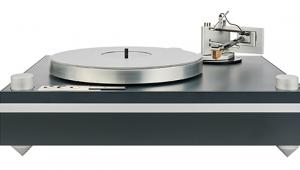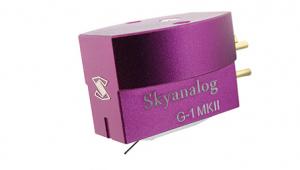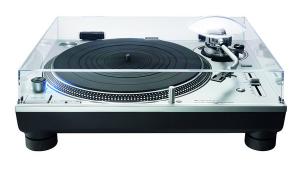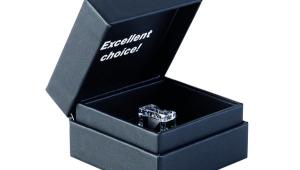DS Audio Grand Master EX Cartridge
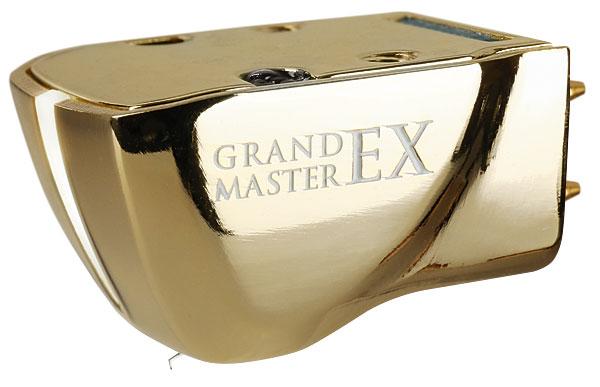
 How to upgrade the 'ultimate' optical pick-up? By fitting the Grand Master with a single-piece diamond cantilever and stylus. We take the GM Extreme for a drive...
How to upgrade the 'ultimate' optical pick-up? By fitting the Grand Master with a single-piece diamond cantilever and stylus. We take the GM Extreme for a drive...
It's too easy to presume, just because only one change separates a new model from an earlier one, that assessing it will be a breeze. DS Audio's £18,995 Grand Master Extreme optical cartridge differs from its stablemate solely in its cantilever/stylus assembly. Aside from a different body colour for easier identification, I wrongly imagined that a side-by-side shoot-out with the earlier Grand Master [HFN Feb '21] would suffice, and that a couple of LPs' worth of listening would reveal all. Silly me.
Actually, 'assembly' is the wrong word because the whole point of the Grand Master Extreme – pun intended – is that the 'Micro-Ridge' stylus and diamond cantilever are formed as a single piece, manufactured by Orbray (formerly Namiki Seimitsu). This is a new trend in the high-end, with Audio-Technica and others offering similar alternatives to the traditional stylus-glued-in-place construction that has been the sole methodology for decades. Its goal is to minimise even further any spurious vibrations between the LP and the pick-up tracking it. If this seems like a rather picayune detail about which to concern one's design team, bear in mind that the activity in an LP's groove is at a truly microscopic level.
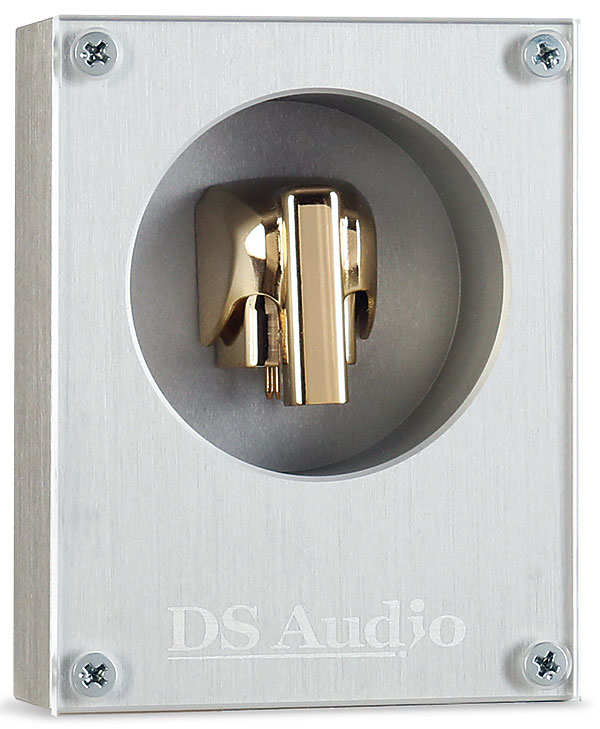
Living The Dream
For those not familiar with DS Audio cartridges, they are the realisation of a dream first manifested in Toshiba, Kenwood and other optical cartridges of a half-century ago. The difference is that in the 2020s we have LEDs that free cartridge designers from the problems of heat and weight, thus enabling the creation of a true optical cartridge without the burden of a 'hot' lamp. Those original bulbs generated enough heat to warm the damping rubber of a cartridge, softening it over time and changing its compliance. While the makers of early optical cartridges tried various solutions, the technology was abandoned before suitably tiny LEDs were readily available, not least because digital was on the horizon. As DS Audio states, however, the optical principle is the same.
Lighting Up
How it departs from the dozen or so other types of cartridge – moving-magnet, moving-coil, moving-iron, moving-flux, etc (but not counting electret, strain gauge or other exceptions) – is in eliminating coils and magnets in their entirety. The two most widely-accepted types (MM and MC) generate electrical signals via manipulation of a magnetic field, a current being induced when a magnet or coil moves. By the same token, these designs are necessarily more susceptible to stray electrical noise – compared to optical transducers, they're a swarm of bumblebees.
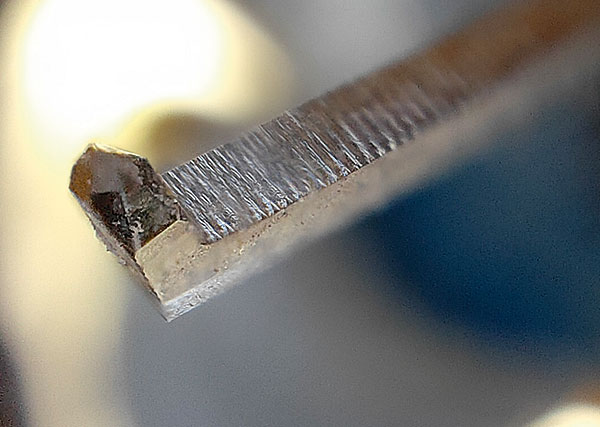
Of course, an optical cartridge still has to trace the wiggles in the groove, but, in the words of DS Audio, 'it detects music signals by capturing shadow changes (brightness changes) using LEDs and photocells'. Here the cantilever is moving neither coils nor magnets but a 'light shading plate', a square of beryllium foil with a thickness of only 100 microns, in response to the stylus's motion.
In DS Audio's cartridges, this foil plate vibrates in front of the infrared LED, modulating the light level that falls on the photocells behind and, thus, the voltage flowing across them. The company's top-flight pick-ups use separate LEDs, shading plates and photocells for the left and right channels, improving both output, S/N ratio and left/right stereo separation.
Because DS Audio's photo-electric conversion is sensitive only to the amplitude of the movement of the stylus, unlike velocity-sensitive MCs/MMs whose output increases with both groove excursion and frequency, the Grand Master EX requires only a relatively subtle HF boost to realise a 'flat' response with all RIAA pre-equalised LPs. So while DS Audio's various optical pick-ups can be mixed-and-matched with its range of PSU/eq boxes, none are compatible with traditional phono preamps (and vice-versa).
Counting The Cost
Now we arrive at what must represent the current state-of-the-art for optical cartridges. The Grand Master Extreme can be purchased in a package with the two-box Grand Master Equaliser for £55,075, a saving of around £5000, as the equaliser is sold separately for £42,200. The Grand Master cartridge remains in the catalogue at £12,550, and existing owners wanting to upgrade to the EX model can benefit from a 20% discount.
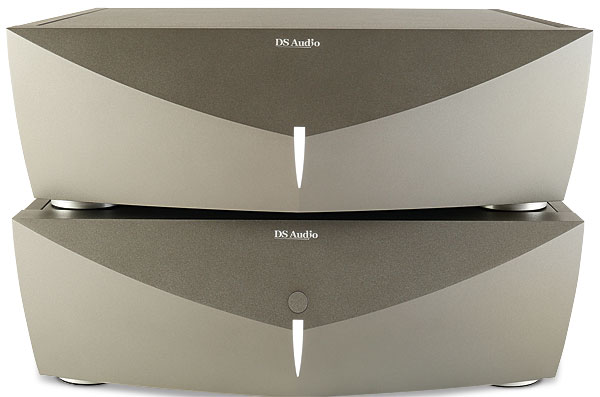
Here's where you can also save money, if it matters at this level. It has been my experience with six different DS Audio optical cartridges and four energisers that the latter, while offering audible differences, contribute less to the performance than do the cartridges. I even tried the Grand Master Extreme with the entry-level DS-E1 energiser [HFN May '19] at £1270 and you could still hear how it bettered the Grand Master.
![]() Ahead Of The Curve
Ahead Of The Curve
This brings us to the only question this review begs: does the Grand Master Extreme improve on the Grand Master? So vivid were the gains, despite nearly identical measurements and my initial disbelief that something as seemingly minor as a single-piece stylus/cantilever could up the performance over a glued-in stylus, that I spent disproportionately more time assessing the Extreme than I had initially expected to allocate to a mere change in diamond fitting. Or the removal thereof.






